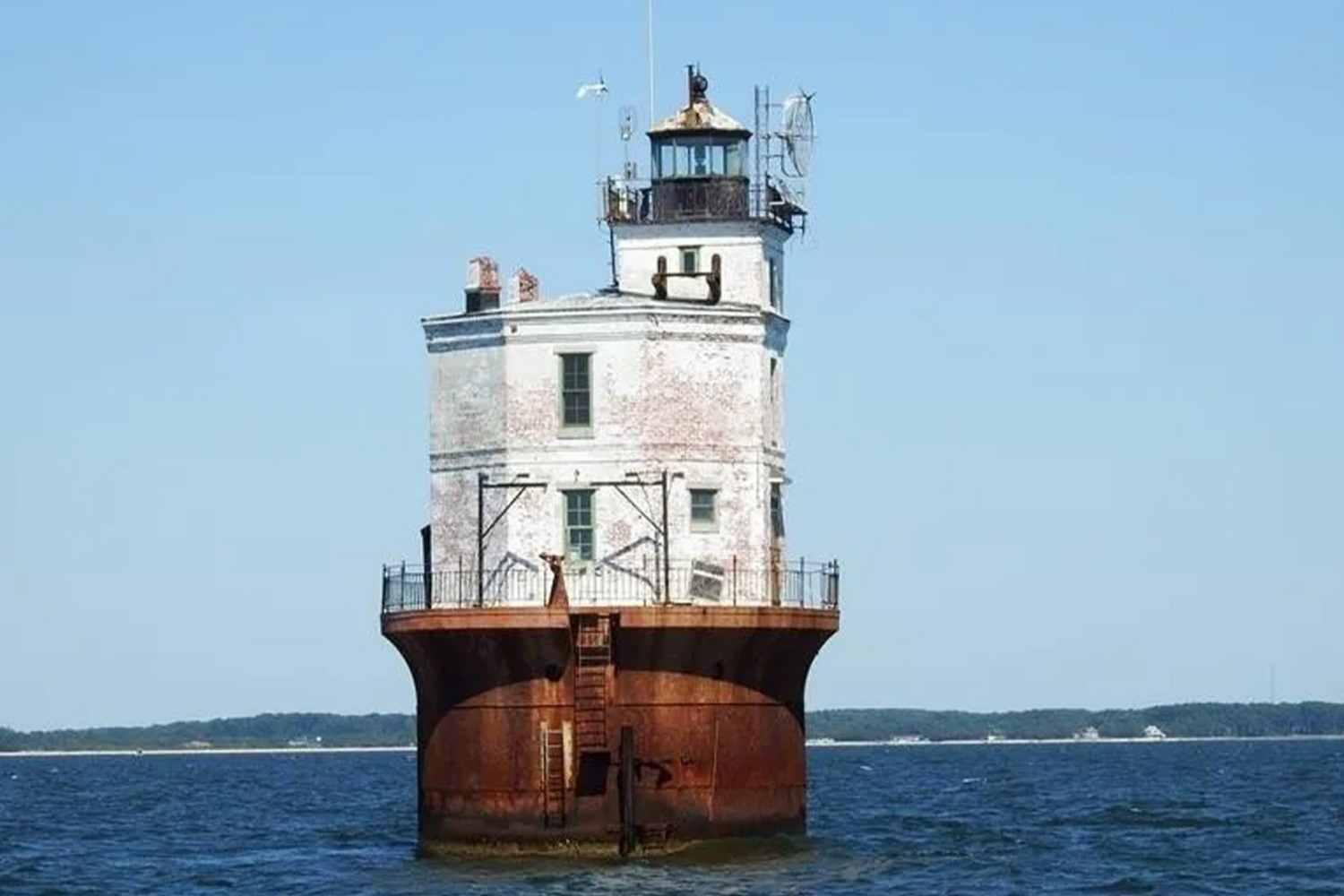America’s Lost Lighthouses Of The Chesapeake

Have you ever wondered about the lost lighthouses of the Chesapeake? These historic structures once guided sailors through treacherous waters, but many have vanished over time. Some fell victim to storms, others to erosion, and a few were simply replaced by modern technology. Despite their disappearance, the stories of these lighthouses remain. They offer a glimpse into a bygone era when maritime navigation relied on these beacons of light. Exploring the history of these lost lighthouses can be like stepping back in time. Join us as we uncover the tales behind these fascinating landmarks and their role in America's maritime history.
America's Lost Lighthouses of the Chesapeake
The Chesapeake Bay, a historic waterway, once boasted numerous lighthouses guiding sailors through its waters. Many of these iconic structures have vanished, leaving behind stories of maritime history. Let's explore some of these lost lighthouses.
Lighthouses That Once Stood Tall
These lighthouses once served as beacons of safety for sailors navigating the Chesapeake Bay. Their stories are a testament to the rich maritime heritage of the region.
Sharps Island Light
- Located near the mouth of the Choptank River, this lighthouse was known for its unique screw-pile design. Erosion and ice floes led to its collapse in 1881. A replacement was built but eventually automated and later dismantled.
Hooper Strait Light
- Originally built in 1867, this screw-pile lighthouse marked the dangerous shoals of Hooper Strait. It was decommissioned in 1966, and the structure was moved to the Chesapeake Bay Maritime Museum, where it stands today as a historical exhibit.
Love Point Light
- Situated at the northern tip of Kent Island, Love Point Light guided ships through the upper Chesapeake Bay. Built in 1872, it was replaced by an automated light in 1964 and subsequently dismantled.
Lighthouses Lost to Time
Some lighthouses have completely disappeared, leaving only memories and historical records behind.
Pooles Island Light
- Constructed in 1825, this lighthouse was one of the oldest on the Chesapeake Bay. It was decommissioned in 1939 and later demolished. The island is now part of the Aberdeen Proving Ground, a military testing site.
Cove Point Light
- Built in 1828, Cove Point Light was a crucial navigational aid for ships entering the Patuxent River. The original structure was replaced by a modern light in 1986, and the old lighthouse now serves as a museum and vacation rental.
Solomons Lump Light
- This lighthouse, constructed in 1895, marked the entrance to Kedges Strait. It was automated in 1950 and eventually replaced by a modern beacon. The original structure was dismantled in the 1960s.
Lighthouses with Fascinating Histories
These lighthouses have intriguing stories that reflect the challenges and triumphs of maritime navigation.
Thomas Point Shoal Light
- Built in 1875, this screw-pile lighthouse is one of the few remaining on the Chesapeake Bay. It was automated in 1986 but remains an active aid to navigation. The lighthouse is now a National Historic Landmark and can be toured by boat.
Point Lookout Light
- Located at the southern tip of Maryland, Point Lookout Light was built in 1830. It played a significant role during the Civil War as a hospital and prison camp. The lighthouse was decommissioned in 1965 and is now part of Point Lookout State Park.
Turkey Point Light
- Constructed in 1833, Turkey Point Light stands on a high bluff overlooking the Elk River. It was automated in 1947 and decommissioned in 2000. The lighthouse is now maintained by a local preservation group and is open to the public.
Remembering the Lost Lighthouses
While many lighthouses have been lost to time, their stories continue to inspire and remind us of the rich maritime history of the Chesapeake Bay. Each lighthouse played a vital role in ensuring the safety of countless sailors navigating these waters.
Preserving History for Future Generations
America's lost lighthouses of the Chesapeake hold stories of maritime adventures, guiding ships safely through treacherous waters. These beacons of light, now mostly vanished, played a crucial role in the nation's history. Visiting the remaining structures or their sites offers a glimpse into the past, reminding us of the importance of preserving these historical landmarks.
Efforts to restore and maintain these lighthouses are vital. They serve as educational tools, teaching future generations about the challenges and triumphs of early American navigation. Supporting local preservation societies and participating in lighthouse tours can help keep these stories alive.
Next time you're near the Chesapeake, take a moment to appreciate the legacy of these lost lighthouses. Their light may have dimmed, but their impact on maritime history continues to shine brightly. Let's ensure their stories are not forgotten.

